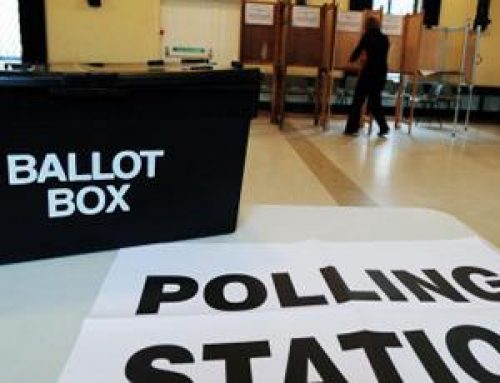Election 2015: Labour and the Liberal Democrats – the political love marriage?
The British government has been made up of a coalition between the Conservatives and the Liberal Democrats since 2010, the first coalition since WWII.
Over recent years, and particularly after the expenses scandal, people have become increasingly disillusioned and disaffected with politics. It is no wonder, therefore, that the outcome of the election in 2015 is a difficult one to pin down.
There is varying speculation about the outcome of the election. The prevailing commentary seems to hint towards a minority Conservative government or some form of coalition between the Liberal Democrats and the Labour party.
In all major UK polls, Labour are consistently leading by 5 – 8 points which is hardly surprising considering the governments unpopular decisions and the tendency for opposition parties to lead in the polls anyway. In addition to a Labour lead they currently suggest a Labour majority of 58 seats according to the UK Polling Reports ‘swingometer’.
However in 2009, a year before the last general election, the Conservatives had leads in the polls of sometimes 17 points but failed to win an outright majority the following year in 2010, suggesting polling can be futile.
Prime Minister Ed Miliband?
Just a few weeks ago Nick Clegg pandered to the Labour party claiming that Labour had “changed” their view of power sharing and therefore hinted at a Lib/Lab coalition.
Ed Miliband felt obliged to claim he had nothing of the sort in sight and was only interested in a majority Labour government – though the thought must have crossed his mind about the viability of his working with Nick Clegg in coalition.
So here is one possibility, Labour and the Liberal Democrats in coalition which would make far more sense in terms of shared policy objectives and ideology, than the current coalition. Perhaps the political love marriage?
But critics of this forecast have argued that a Lib/Lab deal may be politically workable but in no circumstance will the arithmetic of the election be conducive to such a deal. The only circumstance in which a coalition between the two is feasible is if Labour emerges as the holder of the largest number of seats but without a majority.
The only way this can happen is if Labour receives less of the popular vote than the Tories. However a draw or a win for Labour, in terms of vote share, is likely to deliver a majority.
In the event Labour comes second it would be politically toxic to form a coalition with the Liberal Democrats for both parties involved – the British people would look unfavourably at a “coalition of losers” running the government.
No centre-left coalition, then what?
The impression is that a repeat of the Liberal Democrat and Conservative coalition is highly unlikely, it has caused great discomfort for both coalition partners particularly for some Conservative backbenchers. We learnt from the Daily Telegraph that a friend to David Cameron reported that the prime minister is very clear that “he doesn’t want another coalition” and it has been suggested that the tory leader may include a promise in the pre-2015 election manifesto, not to enter into coalition.
If the Conservatives hold the largest number of seats without a majority and form a minority government, it may not last very long and politicians may vote to go to the polls again soon after 2015 – another possibility for 2015.
So with the election in 2015 over a year away and it is still open to much speculation. What is important to remember is that all parties have a stake in this election and how they attempt to define the battle lines of the election in policy terms are crucial if we are likely to witness the backroom trading of 2010.




Leave A Comment